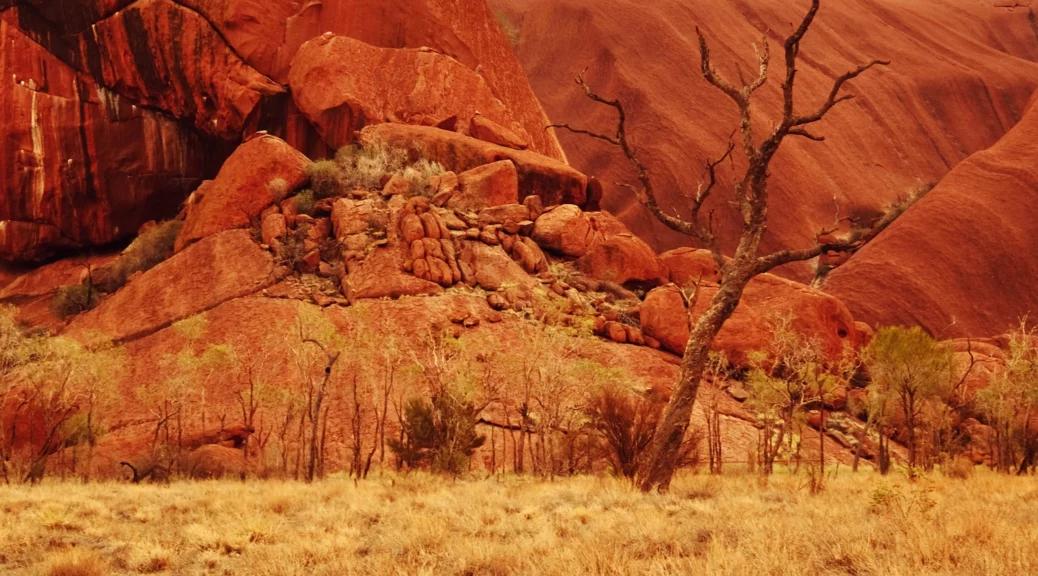A read of the controversial book which attempts to make a case for aboriginal agriculture and civilisation in pre colonial Australia.
| Publisher: | [Strawberry Hills, NSW] : Read How You Want, [2018] Large Print Edition |
| ISBN: | 9780369301291 |
| Characteristics: | xvi, 311 pages (large print) : illustrations ; 24 cm. |
| Source: |
After reading Bitter Harvest by Peter O’Brien I had to read the book that was being criticised. I got stuck with the large print edition, and this meant covering more page area for the same information. Back to normal size for me!
The book is a good read, it’s interesting to learn about what Aboriginals had to do to survive. Some aboriginal nets, due to their size, took a number of years to make. You have to admire them for surviving and thriving in the harsh environment of Australia. Many times, Aboriginals have rescued European explorers who got into desperate situations.
The author claims that Aboriginal society built:
- houses
- dams
- agriculture
- aquaculture
- hoes
- pottery and clay pots
- baking
- nets
Aboriginal Maths
The author also claims that aboriginals used created and used maths. Without having a written form of their language I would expect it would be very basic; reminding me of when Carl Pilkington tried to play Connect 4 with natives and they couldn’t understand it because their understanding only went up to three.
I suspect that Aboriginal maths is more like understanding relationships between things that can be described by an mathematical formula, like Force=Mass x Acceleration for example, rather than having a formula to describe it. That is having an analogue understand rather than describing it with numbers. However, this can probably be applied to almost anyone who has lived.
An evolution of language is also claimed but without any written form I cannot understand where the evidence would have come from to support the theory.
An Aboriginal Nation?
The Bogong moths collecting and feasting gave the Aboriginals a time for many tribes to gather together and help forge one people, which the author is suggesting that there was a “national” cohesion.
First the text is informative if somewhat biassed. Past the book midpoint the author’s agenda becomes clearer. It becomes political suggesting that because there was an aboriginal nationhood, established houses and agriculture Europeans had no right occupying Australia.
Civilisation?
The author argues that because Europeans can only see themselves as being civilised (forgetting about recognition for the Incas and Mayas just to name a few) they cannot see the Aboriginals as being civilised. There is a list of criteria to be considered before stating a group is a civilisation. And Aboriginals have done little towards becoming a civilisation. Which of course is not their fault, given their harsh environment daily life would have been a struggle with little time to devote to building permanent buildings and creating other hallmarks of civilisation.
Of course this doesn’t mean Aboriginals should be penalised or unfairly treated because they are “savages”. They should be given every opportunity to participate in the modern world, and also to practice their traditional life. I think education is key to improving their lives. Educated people have better health outcomes and work opportunities, and this opportunity to formally learn should be made available to all.
Making Aboriginal languages available as a subject in schools would provide an opportunity for Aboriginal children to connect with their culture and give others the chance to learn about the oldest culture in the world. Plus, it is well known that learning another language is good for one’s overall education. So instead of learning French, German or Indonesian young Australians could connect with Aboriginals through language.
Conclusion
If the book was read on face value the reader would be seriously misled into thinking that Aboriginal culture was technically, socially and politically advanced, and it’s a good idea to get some balance to the author’s bias by reading Bitter Harvest. There are some great learnings about Aboriginal life and how well they survived the harsh continent of Australia. A good read, but be aware that it has been written through rose coloured glasses.
Further Reading
 |
Aboriginal whaling – WikipediaAboriginal whaling or indigenous whaling is the hunting of whales by Indigenous peoples recognised by either IWC (International Whaling Commission) or the hunting is considered as part of indigenous activity by the country. |
 |
Brewarrina Fish Traps | Murdi Paaki Regional AssemblyThe Brewarrina Fish Traps, or as they are traditionally known Baiame’s Ngunnhu, are a complex network of river stones arranged to form ponds and channels that catch fish as they travel downstream. |
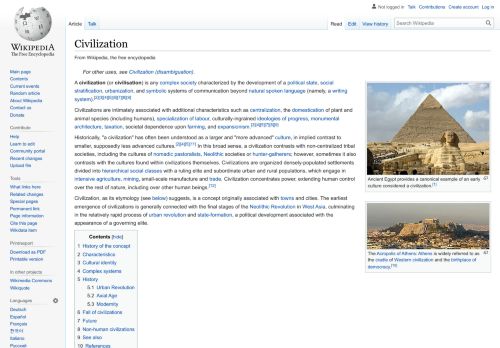 |
Civilization – WikipediaCivilizations are intimately associated with additional characteristics such as centralization, the domestication of plant and animal species (including humans), specialization of labour, culturally-ingrained ideologies of progress, monumental architecture, taxation, societal dependence upon farming, and expansionism. |
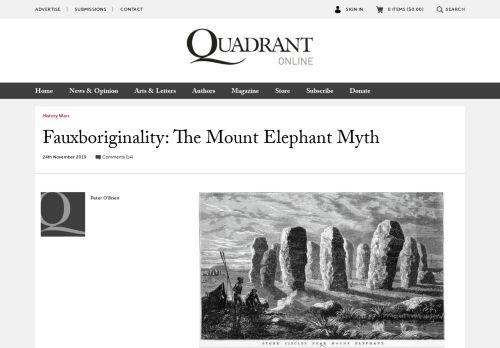 |
Fauxboriginality: The Mount Elephant Myth – Quadrant OnlineFauxboriginality: The Mount Elephant Myth |
 |
Gwion Gwion rock paintings – WikipediaThe Gwion Gwion rock paintings, Gwion figures, Kiro Kiro or Kujon (previously known as the Bradshaw rock paintings, Bradshaw rock art, Bradshaw figures and the Bradshaws) are one of the two major regional traditions of rock art found in the north-west Kimberley region of Western Australia. |
 |
Gwion paintings in the KimberleyGwion paintings in the Kimberley were created around 12,000 years ago, wasp nests suggest |
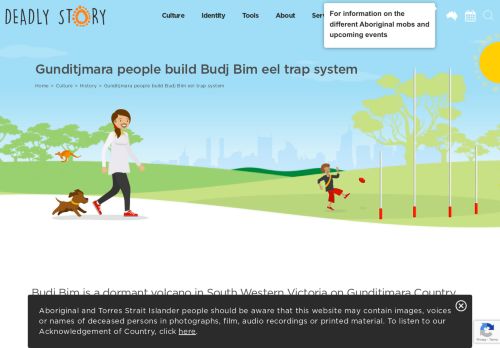 |
Lake Condah fish trapsGunditjmara people build Budj Bim eel trap system – Deadly Story |
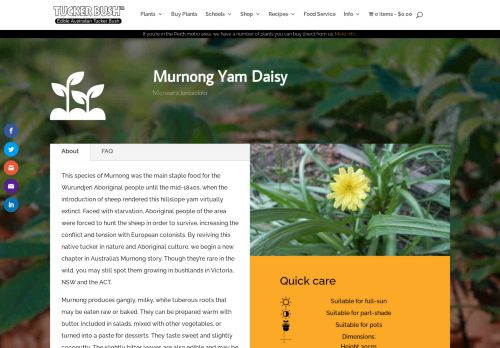 |
Murnong Yam Daisy – Microseris lanceolata – Tucker BushThis species of Murnong was the main staple food for the Wurundjeri Aboriginal people until the mid-1840s, when the introduction of sheep rendered this hillslope yam virtually extinct. |
![Themeda triandra is a species of perennial tussock-forming grass widespread in Africa, Australia, Asia and the Pacific. In Australia it is commonly known as kangaroo grass[2] and in East Africa and South Africa it is known as red grass and red oat grass or as rooigras in Afrikaans. Themeda triandra (Kangaroo Grass) – Wikipedia](https://eatonfamily.au/images/link-library-images/14778.png) |
Themeda triandra (Kangaroo Grass) – WikipediaThemeda triandra is a species of perennial tussock-forming grass widespread in Africa, Australia, Asia and the Pacific. In Australia it is commonly known as kangaroo grass[2] and in East Africa and South Africa it is known as red grass and red oat grass or as rooigras in Afrikaans. |

